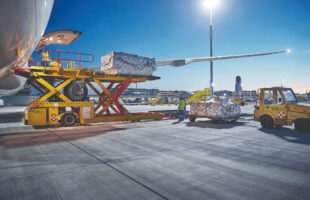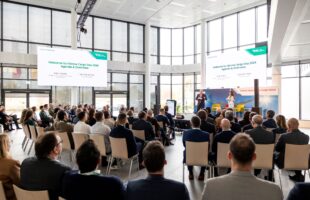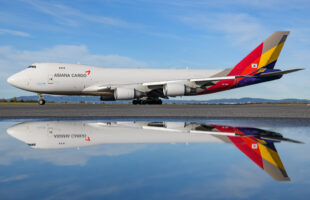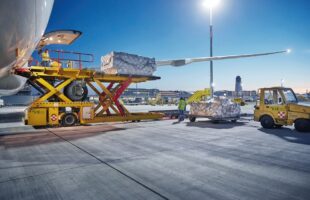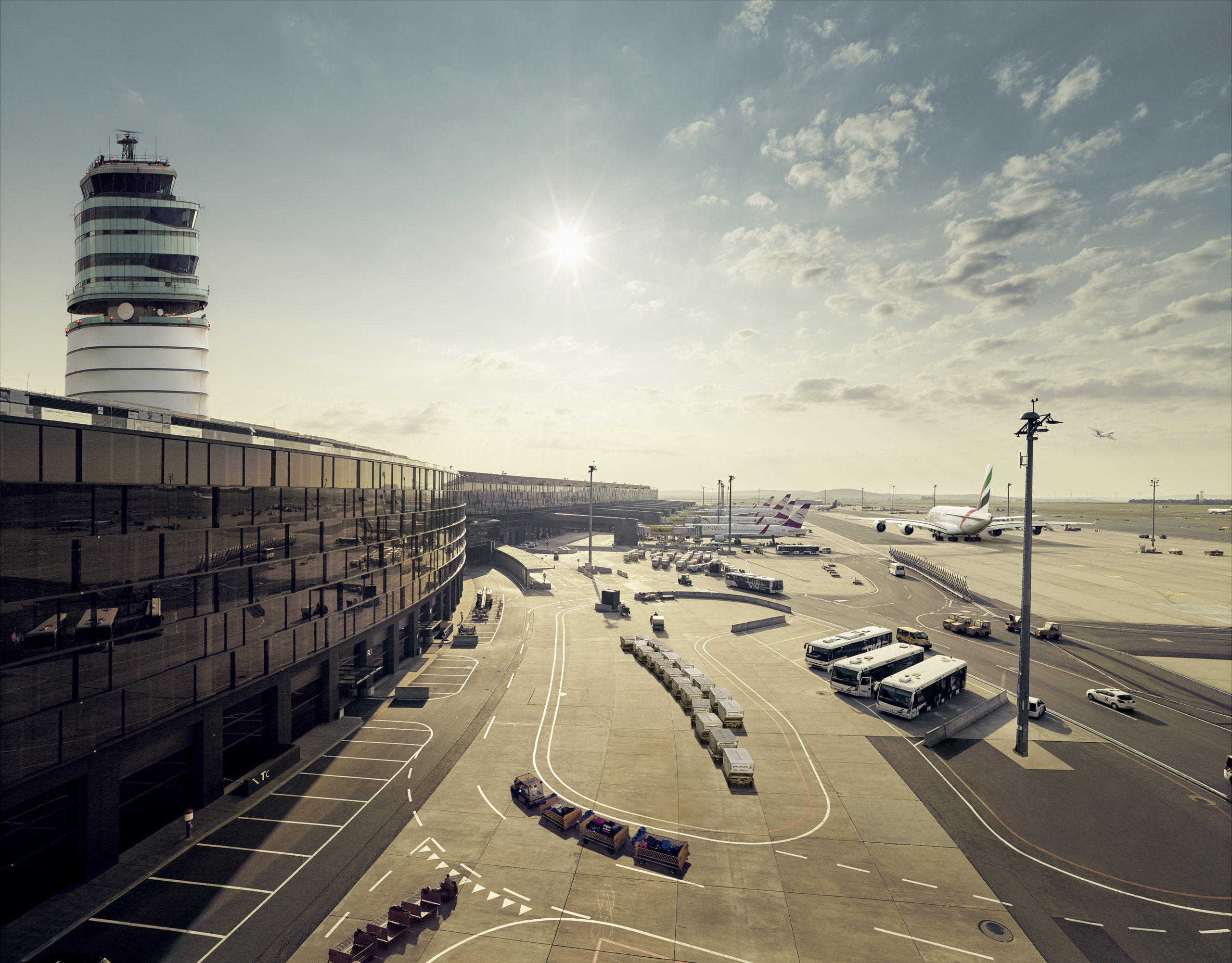
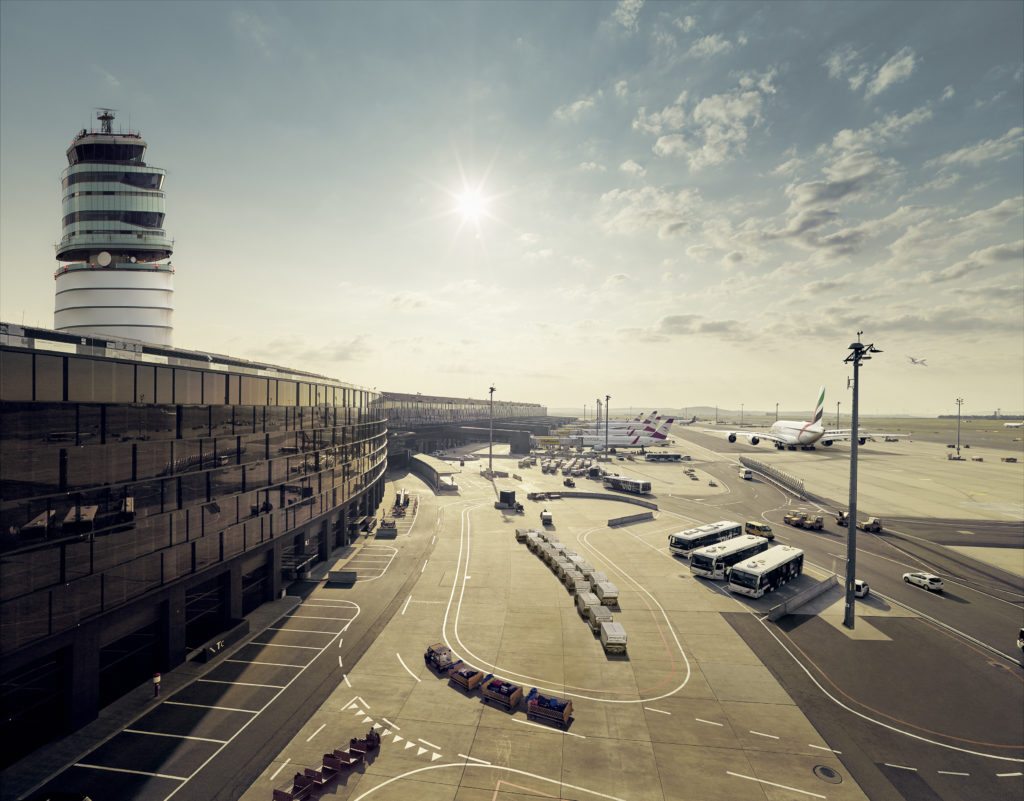
Flughafen Wien AG knows certain investments need to be made in cargo and this time the airport operator is banking on Vienna Airport’s major potential as a central hub. Location-wise, the airport sits in the middle of Europe with around 20 countries reachable with a one-day drive. In this interview, Michael Zach, vice president for sales and finance, ground handling and cargo operations at Flughafen Wien AG, gives us a rundown of Vienna’s airport community, as it aims to take its fair share under the sun.
 Can you give us a brief background of the cargo community at Vienna Airport?
Can you give us a brief background of the cargo community at Vienna Airport?
Thanks to its spacious and modern infrastructure, Vienna Airport achieves reliable and fast cargo turnarounds and is well equipped for further growth. Our excellent cargo infrastructure and well-trained staff is a huge advantage for the entire cargo community such as freight forwarders and airlines. Vienna Airport has established itself as the ideal cargo hub that connects Asia with Central and Eastern Europe. We provide a dense and reliable road feeder network with direct access to the European highway network and are ideally positioned in the heart of Europe, reaching 15-20 countries with a one-day drive.
With a dedicated cargo sector, AirportCity Vienna is the most attractive and best-known business location in Austria. Urban and modern facilities provide an attractive business environment for air cargo entrepreneurs regarding office and warehouse spaces, conferencing and event locations, numerous hotels, and gastronomy.
Who are the main operators that bring in cargo business to the airport?
Vienna Airport is the base for many global cargo airlines. Lufthansa Cargo with its partner Austrian, Korean Air, Asiana, Cargolux, Silk Way Airlines, Turkish Airlines, EVA Air, Emirates or Qatar are just a few of many airlines operating in Vienna. Also, many international freight forwarders like DHL, Cargopartner, DB Schenker, Kühne + Nagel, DSV, Expeditors, Bollore, C.H. Robinson and CEVA Logistics are represented at Vienna Airport.
Which international cargo routes does VIE connect to?
Regular freighter and widebody connections are offered to Seoul, Istanbul, Baku, Taipei, Bangkok, Shanghai, New York, Chicago, Los Angeles, Washington D.C., Toronto, Montreal, Doha, Dubai, Abu Dhabi, Addis Abeba, Milan, Madrid, Luxembourg, Oslo, Cologne and Leipzig.
What are the issues airports currently face on ground? How has the pandemic influenced the airport’s overall direction in the near term and long haul?
Vienna’s tonnage is characterized primarily by the following: Stability and potential. Thanks to generous investments in infrastructure and capacities, handling ran smoothly even during the corona crisis or holiday peaks in 2022. Strong investments in logistics infrastructure as well as intensive cross-qualification activities in our handling department ensures generous, fast, and congestion-free handling capacities. Customers can plan their growth with reliability.
With the Vienna Airport Pharma Handling Center, customers have access to a highly specialized facility to maintain temperature-sensitive cold chains seamlessly, quickly, and safely. Our Pharma Handling Center is GDP compliant and fully temperature controlled with a dedicated CRT and COL zone. It connects air- and landside directly and offers short apron distances to the aircraft. Exclusive truck docks (including ULD handling dock), dry ice and electricity charging services are available.
What are the airport’s plans in terms of sustainability?
With a consistent and comprehensive sustainability strategy, Vienna Airport will very soon be completely CO2-neutral. Austria’s largest photovoltaic plant with a capacity of 24 megawatts peak and an area of 24 hectares is operational from Spring 2022. Further measures for reduction of CO2 like the current conversion of the airport vehicle fleet to electric drives or a CO2-free use of district heating are ongoing.
The consistent implementation of its sustainability strategy was one of the decisive factors for Vienna Airport’s recognition as “Best European Airport 2022” by the Airport Council International.
Which technologies or infrastructure are you looking at for future investment?
We have already invested heavily in our logistics infrastructure and are well prepared for further growth. The available handling capacity is meanwhile up to 350,000 tonnes per year, which created potential for further 90,000 annual tonnes in regard to the previous tonnage. Furthermore we are focussing on training and cross-qualification activities of our employees to be able to best cope with traffic peaks in the various departments.



